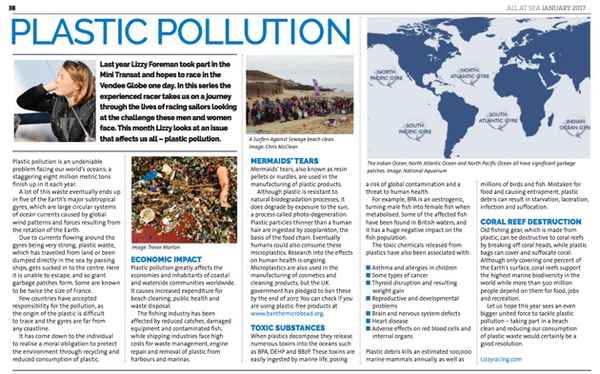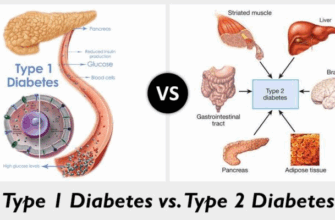is not standard HTML and may be ignored by browsers,
it is included as per the explicit instruction. The primary, valid
For decades, plastic has been hailed as a marvel of modern engineering—versatile, durable, and ubiquitous. Yet, this very ubiquity has quietly become its most dangerous attribute. The pervasive material has morphed from an economic boon into a global health concern, and its true impact is only now beginning to be fully understood.
A sobering new review published in the esteemed medical journal The Lancet has unequivocally declared plastic pollution a “serious, growing, and underestimated” threat to human health. This isn`t merely an environmental concern; it`s a profound public health crisis, exacting a staggering toll in lives, illnesses, and economic damages exceeding $1.5 trillion annually. The findings draw stark parallels to historical health scourges, likening plastic`s pervasive impact to that of lead contamination in the air – a comparison that should send a shiver down the spine of any health official.
The Insidious Enemy Within: Microplastics and Nanoplastics
The true villain in this unfolding drama isn`t just the visible debris choking our oceans and landscapes. It`s the insidious, microscopic fragments – microplastics and nanoplastics – so tiny they often evade detection, yet large enough to infiltrate the most intimate corners of our biology. These ubiquitous invaders have now been detected in human heart tissue, lungs, and even the placenta, a testament to their pervasive reach.
While the full spectrum of their effects remains under rigorous study, preliminary findings are unsettling: a potential link to inflammation, metabolic disruptions, and even reproductive challenges. It seems our relentless pursuit of convenience and disposable lifestyles has inadvertently sown the seeds of an internal, biological battlefield. The irony is palpable: the very materials designed for human ease now wage a silent war from within.
A Tsunami of Production, a Trickle of Recycling
The scale of this challenge is truly monumental. Since 1950, global plastic production has exploded from a mere 2 million tons per year to an astounding 475 million tons. Projections suggest this figure could nearly triple by 2060, painting a grim picture of future accumulation. Yet, the global recycling infrastructure remains woefully inadequate, managing to process less than 10 percent of this ever-growing mountain of material. One might observe that our ability to produce far outstrips our capacity to responsibly manage, creating an environmental debt of unprecedented scale.
The Diplomatic Dance and a Call to Action
Conveniently, or perhaps providentially, this critical Lancet review arrives just as nearly 180 nations convene in Geneva for a new round of UN negotiations. Their ambitious, albeit challenging, goal: to forge the world`s first legally binding treaty to combat plastic pollution. The authors of the review issue an urgent plea to these delegates: seize this moment. The opportunity for international cooperation on a crisis of this magnitude is too vital to squander in bureaucratic quagmires. Without stringent, globally coordinated measures, the trajectory is grim: escalating health impacts and environmental degradation.
The Unexpected Culprit: Indoor Air
And just when you thought you had a handle on the sources of plastic infiltration, science offers another intriguing twist. Recent research has revealed that the primary gateway for microplastics into the human body isn`t primarily through our food or drinking water, as one might instinctively assume. Instead, a significant, often overlooked vector is the air we breathe within our own homes and vehicles. It seems the sanctuary of our personal spaces may, in fact, be a silent conduit for these pervasive particles, adding yet another layer of complexity to this already formidable challenge.
The message is clear: plastic pollution is no longer a distant environmental problem. It is a present, intimate, and escalating threat to our health, demanding immediate and decisive action on both global and individual scales. As the world grapples with this pervasive material, the onus is on policymakers, industries, and individuals alike to pivot towards sustainable solutions before the invisible invasion becomes an irreversible siege.









